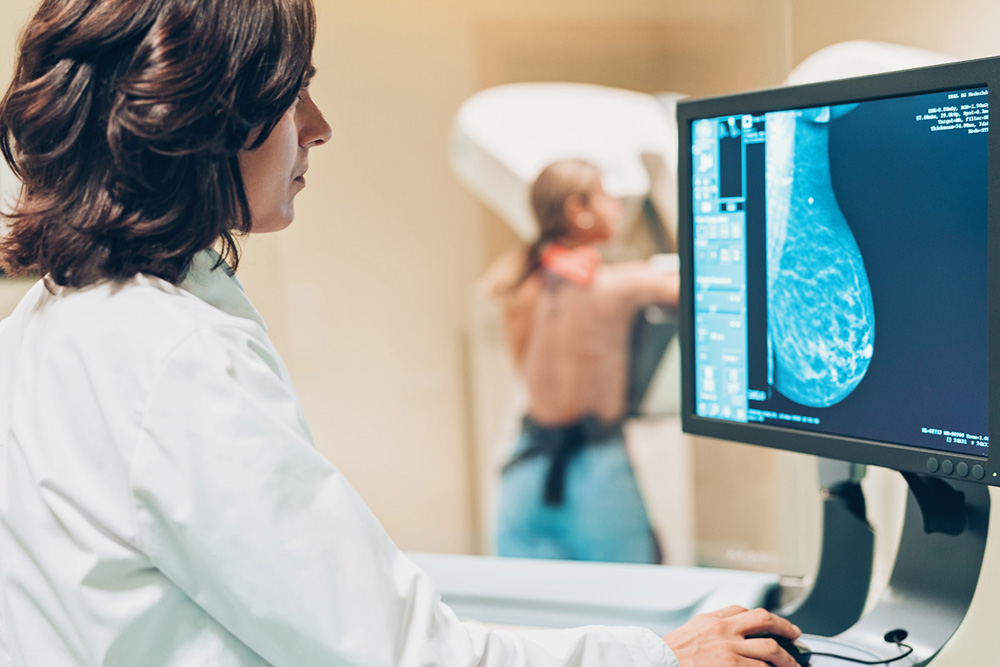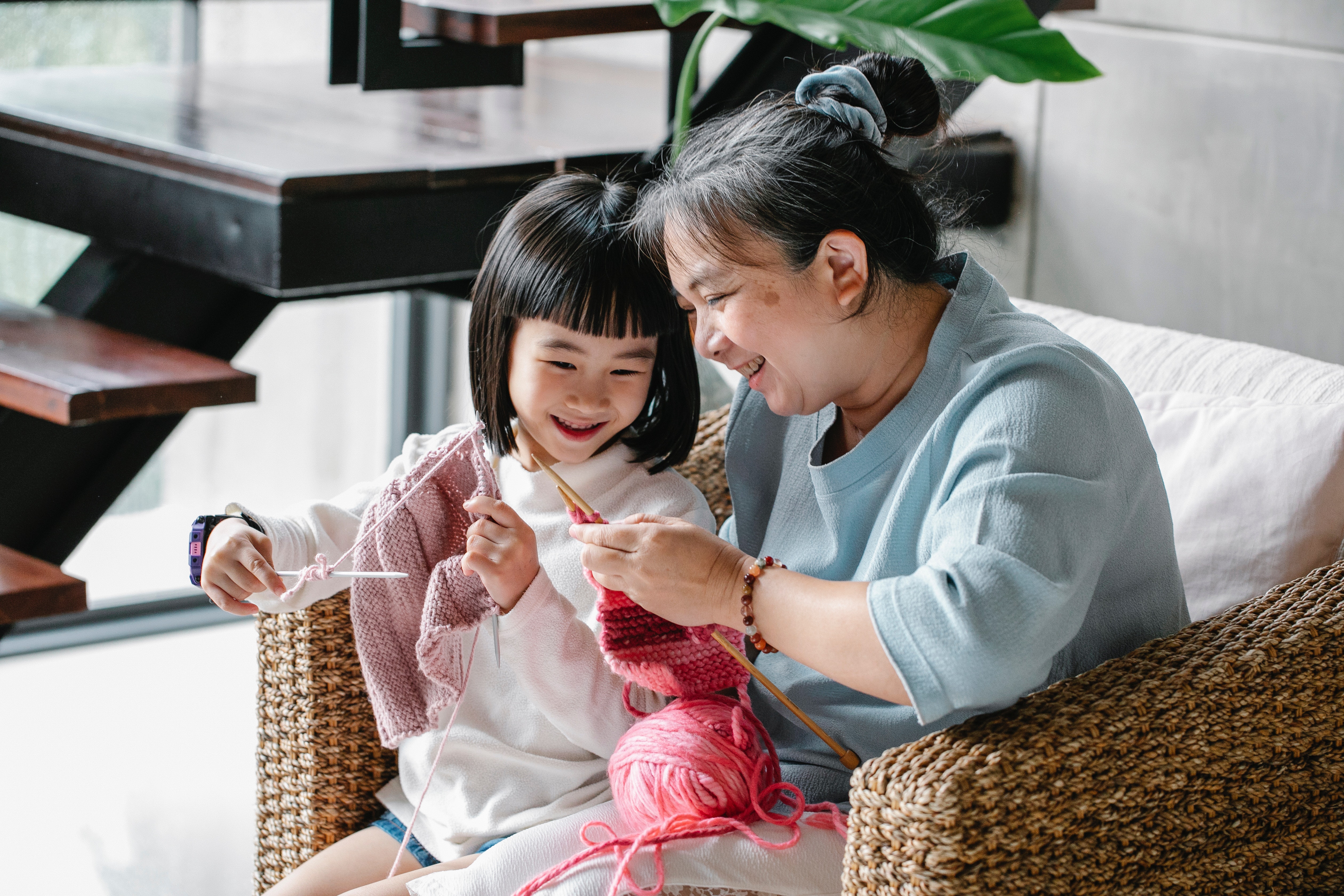What is chemotherapy?
Chemotherapy works by disrupting the cell cycle.2 Each time a new cell forms it goes through a series of phases in order to become mature.3 The aim of chemotherapy medication is to target the different phases of the cell cycle.2 By disrupting or stopping a particular phase, a cancerous cell can no longer mature and divide and ultimately dies.2
Unfortunately, chemotherapy cannot tell the difference between healthy and cancerous cells.1,2 Normal cells may also be damaged during treatment, particularly those that turnover more rapidly. These may include the hair, nails and white blood cells (neutrophils), which are responsible for helping ward off infections.1,2 This is why chemotherapy can be associated with hair loss and the need to practice extra hygiene.4 These side effects tend to gradually improve after treatment stops and normal cells recover.4
Chemotherapy medications can be further classified depending on how they work, their chemical structure or their relationship to other medications. Some chemotherapy medication classes include:
- Alkylating agents: Aim to interfere with the DNA to help stop them from growing and reproducing.2,5
- Antimetabolites: Similar to natural chemicals involved in normal cell functioning, these medicines aim to interfere with the DNA of cells to help stop them from reproducing.2,6
- Anthracyclines:The goal is to damage the DNA inside the cancer cell which may lead to cell death.2,7
- Topoisomerase inhibitors: These medicines aim to block the action of topoisomerases, which are enzymes that control the changes in DNA structure. By trying to interfere with topoisomerases, the DNA may be damaged and may not repair which can lead to cell death.2,8
- Mitotic inhibitors: They work by aiming to help stop cell division through the disruption of microtubules which pull chromosomes apart when a cell divides. Mitotic inhibitors can be further classified as taxanes and vinca alkaloids.2
How does chemotherapy work?
Beginning treatment
Once you have met with your medical oncologist, discussed treatment options, and decided to proceed with treatment, a series of appointments will be made for you. Treatment appointments usually take place in the chemotherapy suite, where an oncology nurse meets with you prior to starting treatment. The number of treatment sessions and their duration varies greatly from person to person. Rest assured that any treatment you consent to receive will be personalised and based on the latest scientific research. Throughout your course of treatment, you may need regular blood tests to monitor your body’s ability to tolerate the medications you receive. Your medical oncologist may also request CT or MRI scans at various intervals to check on your progress.
The chemotherapy
The chemotherapy suite is staffed by a small team of dedicated oncology nurses. Your nursing team will help provide education about your treatment, answer any questions, help to administer treatment, discuss side effects, follow-up on your progress and help to provide overall holistic care in conjunction with your medical oncologist. The chemotherapy suite is also supported by pharmacists, dietitians and other specialised nurses or allied health professionals.
Preparing for chemotherapy
Comfortable recliner chairs and beds are available within the chemotherapy suite. If you prefer more privacy, screens or curtains can be provided. Feel free to bring your own reading materials, music or mobile device. In most instances, family members or friends are also welcome to come along and keep you company.
As treatments may involve the delivery of medication intravenously (via an IV line) in your hand or forearm,4 it’s a good idea to wear comfortable clothing with a sleeve that can be rolled up. It is recommended to drink an adequate amount of water leading up to your appointment as this can help make it easier for your nurse to access your veins.
Before beginning treatment, some people may also be fitted with a ‘port-a-cath’ (port). This device is placed just under the skin, usually in the chest, and helps provide access for medications to be delivered into a large vein. It may remain in place throughout treatment and helps avoid the need for repeated needles into the hand or forearm.4
Remember, each person is different and so are the treatments. Your oncology nurse will provide you with more information about what to do and what you can expect before your first treatment appointment.
We're here to support you
Exercise and cancer
Recent research has shown that physical activity may help support cancer outcomes and can play an active role in the cancer treatment journey.9 Exercise is something you can do to help your body help itself following a cancer diagnosis9 It is worth taking exercise into consideration as part of your overall treatment plan, regardless of the type of treatment you may have, such as radiation therapy, chemotherapy, immunotherapy, hormone therapy or a combination of any of these. One of your treatment team will discuss the most suitable options with you.
Make an enquiry
Contact us today to find out how GenesisCare can help you.
Other resources:
Cancer Council Australia
Cancer Council is Australia’s leading cancer charity, supporting families, advocating for the community, empowering cancer prevention, and advancing detection and treatment methods across all cancer types.
Cancer Australia
Cancer Australia leads and coordinates national, evidence-based initiatives to reduce the impact of cancer, improve outcomes, and address disparities across the continuum of care for those affected by cancer.
Find a centre near you
Read next
- National Cancer Institute, ‘Chemotherapy to treat cancer’. Available from: https://www.cancer.gov/about-cancer/treatment/types/chemotherapy (accessed September 2023).
- Amjad MT, Chidharla A, Kasi A. Cancer Chemotherapy. [Updated 2023 Feb 27]. In: StatPearls [Internet]. Treasure Island (FL): StatPearls Publishing; 2023 Jan-. Available from: https://www.ncbi.nlm.nih.gov/books/NBK564367/
- Mercadante AA, Kasi A. Genetics, Cancer Cell Cycle Phases. [Updated 2023 Aug 14]. In: StatPearls [Internet]. Treasure Island (FL): StatPearls Publishing; 2023 Jan-. Available from: https://www.ncbi.nlm.nih.gov/books/NBK563158/
- Cancer Council, Understanding chemotherapy: A guide for people with cancer, their families and friends. Available from: https://www.cancer.org.au/assets/pdf/understanding-chemotherapy-booklet (accessed September 2023).
- National Cancer Institute, NCI dictionaries, Dictionary of cancer terms, ‘alkylating agent’. Available from: https://www.cancer.gov/publications/dictionaries/cancer-terms/def/alkylating-agent (accessed September 2023).
- National Cancer Institute, NCI dictionaries, Dictionary of cancer terms, ‘antimetabolite’. Available from: https://www.cancer.gov/publications/dictionaries/cancer-terms/def/antimetabolite (accessed September 2023).
- National Cancer Institute, NCI dictionaries, Dictionary of cancer terms, ‘anthracycline’. Available from: https://www.cancer.gov/publications/dictionaries/cancer-terms/def/anthracycline (accessed September 2023).
- National Cancer Institute, NCI dictionaries, Dictionary of cancer terms, ‘topoisomerase inhibitor’. Available from: https://www.cancer.gov/publications/dictionaries/cancer-terms/def/topoisomerase-inhibitor (accessed September 2023).
- Campbell KL et al. Med Sci Sports Exercise 2019;51(11):2375–2390.

You are leaving our website
You are now leaving our website. GenesisCare do not control this content and therefore are not responsible for its accuracy or reliability.




